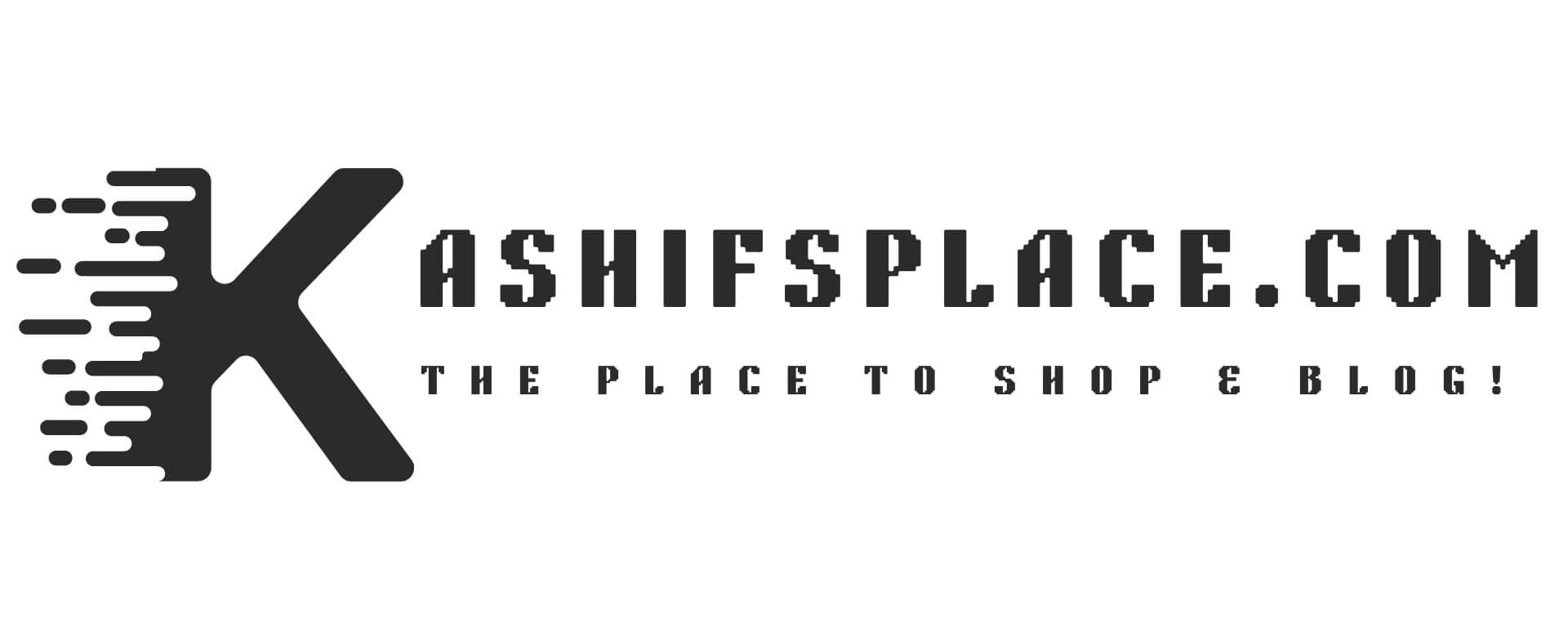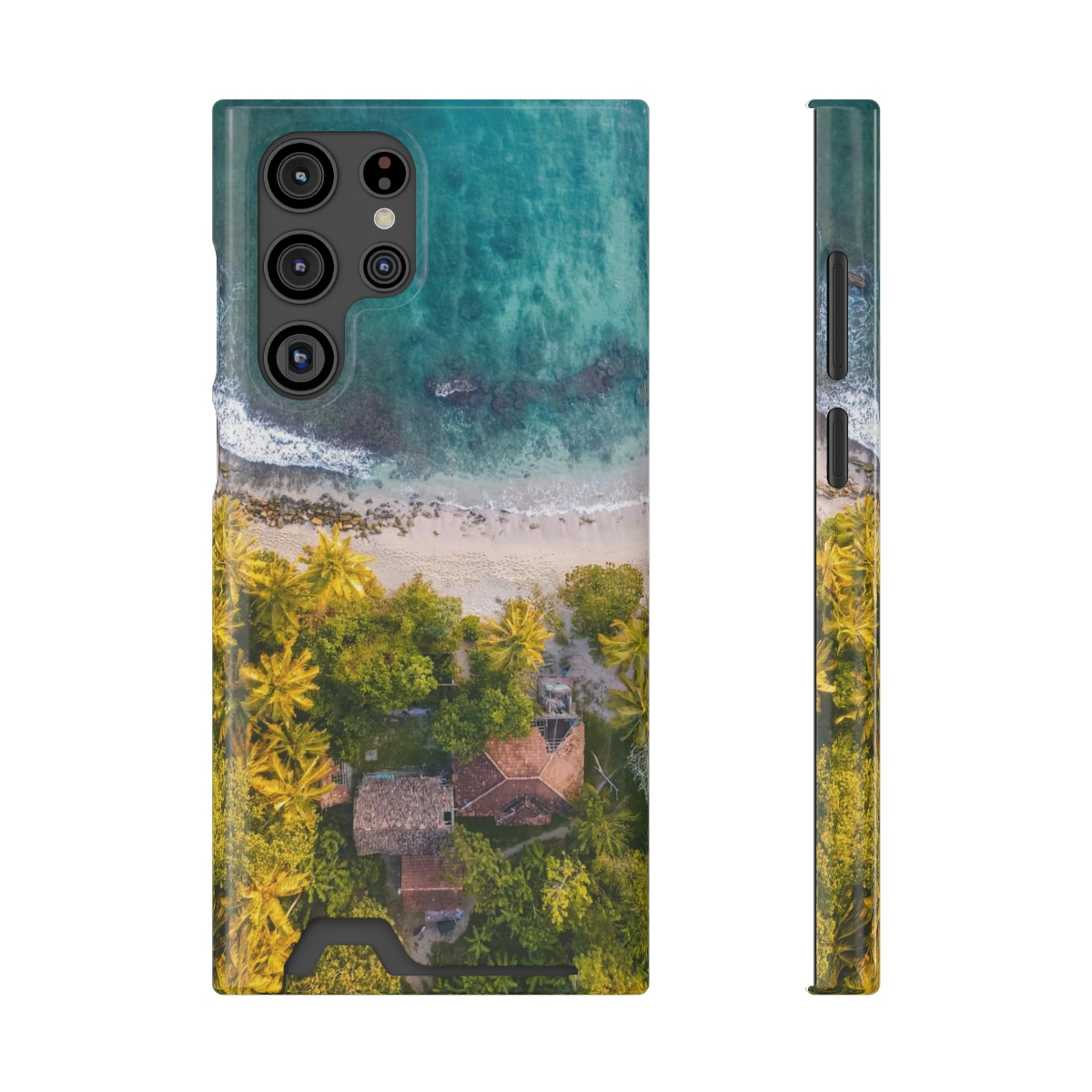Introduction
In today’s digitized world, more than a well-crafted website is needed to engage audiences and boost conversions. Businesses also need to take advantage of social media’s immense potential. Let’s explore the importance and benefits of integrating social media marketing into your website design.
The Importance of Integrating Social Media into Website Design
Social media is where consumers live today. Integrating social media into your website design can create a seamless user experience, increase your website’s visibility, and boost interaction and engagement. It helps forge stronger customer relationships and provides a platform for direct communication and feedback.
Potential Benefits of Social Media Marketing Integration
When you successfully integrate social media into your website, you’ll notice a significant uptick in user engagement. It can increase web traffic, improve SEO rankings, enhance brand loyalty, and improve customer satisfaction. Also, the symbiotic relationship between your website and social media platforms can result in more effective targeted marketing.
Understanding Your Audience and Social Media Platforms
You must understand your audience and their preferred platforms to create a successful integration. Using analytics tools, identify the social media sites where your audience is most engaged and active. Tailor your content to their unique preferences, interests, and habits. Continuously reassess your strategies to stay updated with changing user behavior and trends on these platforms.
Identify Your Target Audience
Knowing your audience is the first step. You need to understand their preferences, needs, and online behavior. Demographic data and customer behavior analysis can be instrumental in this context. Once you’ve defined your target audience, conduct a detailed market analysis to understand the trends, topics, and content that resonate with them.
Personalization is key: ensure your message aligns with the audience’s values and expectations for a successful engagement.
Determine the Most Relevant Social Media Platforms for Your Business
Different social media platforms cater to different audiences. Choose the platforms that your target audience primarily uses. This could range from the professional nature of LinkedIn, the visual engagement of Instagram, or the rapid-fire information flow on Twitter.
Remember, the relevance of a platform is not just about user numbers, but also about how its features align with your business goals and content strategy. Whether it’s Facebook’s community building, YouTube’s long-form video content, or Pinterest’s ideation and inspiration focus, the right platform can amplify your brand’s message.
Understanding the Unique Aspects of Each Platform
Each social media platform has unique features and guidelines. Understanding these aspects can help you to optimize your content and interactions, ensuring the best results from each forum. For instance, Instagram is ideal for visual storytelling and brand aesthetics, while Twitter excels in real-time communication and quick updates.
Conversely, LinkedIn is perfect for B2B networking, industry news, and thought leadership content. Understanding these unique aspects enables you to tailor your social media strategy to leverage each platform’s strengths.
Social Media Integration Strategies
Several strategies can help you integrate your website and social media platforms effectively. One strategy is adding social sharing buttons on your website, enabling visitors to share your content effortlessly on their social media platforms. It not only increases your content’s reach but also enhances user engagement.
Additionally, you can embed your social media feeds into your website. It provides real-time updates and gives your website a dynamic touch.
Lastly, cross-promoting content across platforms can help drive traffic between your website and social media channels, creating a holistic digital presence and reinforcing your brand identity.
Incorporating Social Media Icons
Social media icons are a simple, unobtrusive way of directing your website visitors to your social media pages. They should be visible and easily accessible, ideally at the header or footer of your website. Apart from being functional, these icons can contribute to your website’s aesthetics, reinforcing your brand identity.
Remember to update these icons as you expand your social media presence to new platforms, ensuring your audience has multiple avenues to connect with you online.
Embedding Social Media Feeds
Embedding your social media feeds directly into your website can keep your content fresh, increase engagement, and encourage visitors to follow your social media profiles. It also provides a unique opportunity to showcase your brand’s personality and interactions, bringing your social presence to life on your website.
Remember to configure your feeds to display relevant, high-quality content that aligns with your brand’s values and message.
Utilizing Social Sharing Buttons
Social sharing buttons allow users to share your content on their social media platforms with just a click, thereby driving more traffic to your website. These buttons act as an endorsement mechanism, allowing users to share your content with their networks, providing free promotion.
To enhance their effectiveness, position these buttons strategically on your page – at the end of blog posts, alongside product descriptions, or near critical pieces of information.
Moreover, you can encourage sharing by adding calls to action near these buttons, such as “Share this post with your friends!” or “Know someone who would love this product? Share it with them!” It increases engagement and expands your reach even further.
Adding User-Generated Content
User-generated content (UGC), like reviews or social media posts from users, provides authenticity and builds trust among visitors. Featuring UGC on your website or social media platforms promotes community engagement and showcases the real-world application of your products or services. It serves as a form of social proof, validating your brand through the voices of satisfied customers.
Making Social Media Part of Your Site’s Functionality
In addition to visibility, consider integrating social media into the same functionality of your site. For instance, allowing users to log in to your website using their social media credentials can enhance the user experience by providing a convenient, quick, and secure way to authenticate.
Also, incorporating social media APIs can facilitate features like importing contacts, sharing achievements, or cross-posting updates. This integration enhances the connection between your website and social media platforms, providing a seamless user experience.
Lastly, enable features such as commenting, liking, or sharing your website’s content using users’ social media profiles. It helps to drive engagement on your website and increases its social visibility.
Social Logins
Allowing users to log in using their social media accounts can streamline registration and improve user experience. By providing social logins, you speed up the process and reduce friction and increase the chances of successful registrations and logins. It is because users don’t need to remember an additional username and password, reducing the likelihood of forgotten credentials.
Moreover, social logins can also provide valuable user information (with their permission), such as email addresses and interests, that can aid in personalizing their experience on your website. This data can be instrumental in tailoring your marketing strategies to suit your user’s preferences.
Finally, with social logins, users can feel more connected to your platform, knowing that their profiles are integrated, which often leads to increased engagement and trust in your website.
Social Proof and Reviews
Social proof, in the form of reviews or testimonials on social media, can help to boost credibility and drive conversions. Positive reviews and ratings signal to potential customers that your products or services are reliable and high-quality, as affirmed by their peers. It can significantly influence their purchasing decisions, making them more inclined to choose your offerings.
Furthermore, responding to positive and negative reviews on your social media platforms demonstrates your commitment to customer satisfaction. It can strengthen your reputation and show that you value your customers’ feedback.
Lastly, showcasing these reviews on your website can reinforce your brand’s credibility. Credit the source or user, further validating the review’s authenticity and fostering a sense of community among your users.
Social Media-Based Customer Service
Integrating a feature like Facebook Messenger or Twitter Direct Messages into your site allows for real-time customer service and communication. It not only makes it easier for customers to reach out with their queries, but it also allows for instant, personalized responses. Rapid response times can significantly boost customer satisfaction and loyalty.
Moreover, by utilizing social media for customer service, you can publicly address issues and provide solutions, demonstrating your brand’s commitment to customer satisfaction. These public interactions can also serve as a resource for customers with similar questions or concerns.
Lastly, integrating customer service into social media also enables you to manage and monitor your brand reputation more closely. You can immediately respond to negative comments or reviews, mitigating potential damage and showcasing your proactive approach to problem-solving.
Designing for Optimal User Experience
The key to successful social media integration is ensuring a consistent, mobile-friendly experience while considering loading speed and performance. The design should be intuitive, with social media buttons or feeds placed strategically and by the overall aesthetics of your site.
Moreover, ensure your social media integration keeps up your site’s load times, as performance is crucial to maintaining user engagement and satisfaction.
Ensuring Website and Social Media Consistency
Your website and social media platforms should provide a consistent experience in terms of branding, messaging, and aesthetics. Consistency reinforces brand recognition and trust, creating a cohesive image across all platforms.
Your color schemes, logo, typography, and tone of voice should be uniform whether a user is visiting your website, checking out your Instagram page, or reading a tweet from your company. This unification strengthens your brand identity and offers a seamless user experience.
Making Social Media Integration Mobile-Friendly
As mobile usage continues to grow, ensuring your website and its social media integrations are mobile-friendly is crucial. Firstly, buttons for social media sharing or linking to your profiles should be easily clickable on a smaller screen. Their positioning should also be optimized for mobile, avoiding obstructing key content or functionality of the website.
Secondly, any embedded social media content, like feeds or videos, should adapt to the mobile view seamlessly, ensuring they maintain readability and quality. This responsiveness contributes to a seamless user experience regardless of the device used.
Lastly, considering the load times on mobile devices is critical. Avoid heavy files or complex social media plugins that could slow the mobile experience. Fast, smooth mobile interactions can enhance user engagement and satisfaction, improving your website’s overall performance.
Loading Speed and Performance Considerations
Slow websites push visitors away. Ensure your social media integrations do not negatively affect your website’s loading speed and performance. Optimize your website’s code and compress images and other media files to ensure they load quickly. Large files or poorly optimized code can significantly slow down your website, negatively affecting the user experience.
When integrating social media feeds, consider using asynchronous loading. It means the website content will load first, and then the social media content will load, preventing delays in accessing the main content of your site.
Also, regularly monitor your site’s performance after adding social media integrations. Tools like Google PageSpeed Insights can provide valuable insights into your site’s speed and suggest areas for improvement. It ensures that your social media features enhance, rather than hinder, the user experience.
Measuring the Success of Social Media Integration
Assessing your social media integration’s effectiveness is essential to understand what works and needs improvement. Leverage analytics tools to track key metrics like referral traffic from social media, the number of shares, likes, or comments, new followers or subscribers gained, and conversion rates.
A/B testing different social media strategies can also be valuable, helping you identify what resonates best with your audience and drive more meaningful engagement.
Using Analytics to Track Social Media Engagement
Analytic tools can provide detailed insights into the effectiveness of your social media integration. They can track metrics like user engagement, the number of shares, comments, and more. These tools can also help identify which pieces of content are performing well on different platforms, enabling you to tailor your future content accordingly.
Additionally, you can monitor your audience growth rate and demographics, helping you understand if you’re effectively reaching your target audience.
Furthermore, understanding user behavior, such as the time spent on your website after arriving from a social media site or their actions, can provide valuable insights into your customer journey and help fine-tune your overall digital marketing strategy.
Key Performance Indicators for Social Media Integration
Identify KPIs relevant to your goals, such as conversion rate, time spent on site, and bounce rate, to measure your social media integration’s success. Social media-related KPIs include the number of social shares per blog post, the growth of followers on your social media platforms, and the engagement rate of your posts.
Tracking these metrics consistently allows you to understand your performance over time and make data-driven decisions to enhance your social media strategy. Remember, your KPIs should align with your overarching business objectives to ensure your efforts contribute to your goals.
Case Study Examples of Successful Integration
Airbnb, the online marketplace for lodging and tourism experiences, provides an excellent example of effective social media integration into website design.
Understanding the Audience and the Platform: Airbnb knows its primary target audience is millennials who value unique, authentic experiences. Understanding that this demographic is highly active on Instagram and Facebook, Airbnb focused heavily on these platforms.
Social Media Icons: Airbnb places clear and easy-to-locate social media icons in their website’s footer, inviting visitors to connect on various platforms. It helps direct website traffic to their social media and lets users quickly share exciting listings or experiences with their networks.
Embedding Social Media Feeds: Airbnb strategically uses user-generated content by regularly featuring guest posts and stories on its Instagram feed, which is also embedded on its website. This way, visitors can view the real experiences of other users, adding authenticity and building trust.
Social Logins: Airbnb also simplifies its sign-in process by allowing users to log in via Facebook, Google, or Apple, streamlining the user experience and enabling easier account creation.
Social Media-Based Customer Service: Airbnb uses Twitter as a platform for customer service, directly addressing user queries, complaints, or comments in real time.
Mobile-Friendly Integration: Recognizing the importance of mobile, Airbnb ensures that all its social media integrations provide a seamless user experience on mobile devices, with easy-to-click icons and responsive design.
Loading Speed and Performance: Despite these integrations, Airbnb’s website maintains a fast loading speed and high performance, ensuring the user experience is not compromised.
Measuring Success: Airbnb keeps a close eye on the metrics. They track user engagement, follower growth, shares, and conversion rates to understand what works and doesn’t in their strategy.
The result? A vibrant community of users who use Airbnb for their travel needs and actively engage with the brand on social media. This strategy has helped Airbnb create a solid online presence beyond just its website.
FAQs
Q: Can too much social media integration slow down my website?
A: Excessive integration might slow your website’s loading speed. It’s essential to strike a balance between integration and site performance.
Q: Which social media platforms should I integrate into my website?
A: The choice of platforms depends on your target audience and where they are most active. Platforms like Facebook, Instagram, Twitter, and LinkedIn are popular.
Q: How can I track the success of my social media integration?
A: You can use various analytics tools to measure engagement, such as likes, shares, comments, and traffic from social media to your website.
Conclusion
Integrating social media marketing into your website design is about more than just adding social media icons or feeds. It involves a strategic approach that incorporates understanding your audience, selecting the right platforms, ensuring a consistent and user-friendly experience, and constantly measuring and improving your strategy.
With the right approach, social media integration can significantly benefit your business, driving engagement, conversions, and customer satisfaction.






























